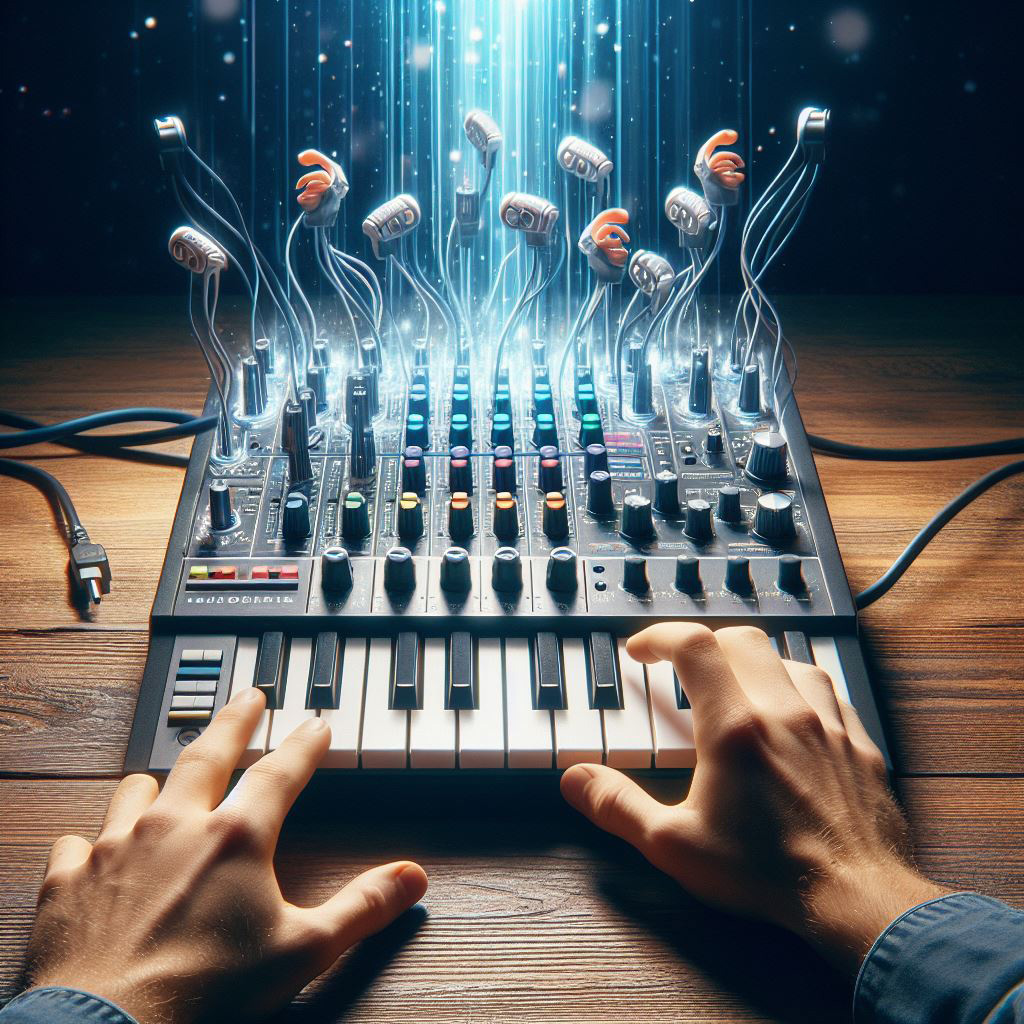In the dynamic world of music production, the role of technology has been transformative, offering musicians unprecedented avenues for creativity and expression. One such groundbreaking technology that has left an indelible mark on the music industry is MIDI 1.0 (Musical Instrument Digital Interface). MIDI 1.0 has been a game-changer since its inception, providing a standardized protocol for communication between musical instruments and computers. Let’s delve into the fascinating world of MIDI 1.0 and understand its impact on music creation and production.
The Birth of MIDI
MIDI 1.0 was introduced in the early 1980s as a collaborative effort between key industry players, including Dave Smith of Sequential Circuits, Roland Corporation, Yamaha, and Kong. The goal was to create a universal communication standard that would enable electronic musical instruments from different manufacturers to communicate seamlessly with each other.
Prior to MIDI, there was a lack of a standardized protocol for connecting various electronic musical devices. This meant that musicians often faced compatibility issues when trying to integrate different instruments into their setups. MIDI emerged as the solution to this problem, providing a common language that allowed instruments, computers, and other devices to communicate with each other regardless of their brand or model.
Key Features of MIDI 1.0
- Communication Protocol:
MIDI 1.0 employs a simple and efficient communication protocol that uses a 5-pin DIN connector. This standardization enabled musicians to connect keyboards, synthesizers, drum machines, and other MIDI-compatible devices effortlessly. - Note and Control Messages:
MIDI messages are classified into two main types: note messages and control messages. Note messages transmit information about which note is played and the intensity of the key press, while control messages handle parameters such as modulation, pitch bend, and sustain. - Channel-based Communication:
MIDI 1.0 operates on a channel-based system, allowing up to 16 channels for independent communication. This means that different MIDI devices can operate on separate channels, enabling musicians to control multiple instruments simultaneously. - Real-time Performance:
MIDI 1.0 is designed for real-time performance, providing musicians with the ability to control and manipulate electronic instruments on the fly. This real-time capability has been crucial in live performances and studio recording sessions.
Impact on Music Production
The introduction of MIDI 1.0 revolutionized the music production landscape in several ways:
Interconnectivity
MIDI 1.0 fostered unprecedented interconnectivity between various electronic instruments. Musicians could now build elaborate setups, combining synthesizers, drum machines, and sequencers from different manufacturers without compatibility concerns.
Multitrack Sequencing
MIDI paved the way for multitrack sequencing, allowing musicians to record and playback performances on different channels independently. This was a significant leap forward in the recording process, providing greater flexibility and control.
Virtual Instruments and DAWs
MIDI 1.0 played a crucial role in the development of virtual instruments and Digital Audio Workstations (DAWs). It enabled seamless integration between hardware and software, allowing musicians to harness the power of digital technologies in music production.
Electronic Music Evolution
The advent of MIDI 1.0 contributed significantly to the evolution of electronic music genres. Its influence is evident in the rise of electronic dance music (EDM), techno, and other genres that heavily rely on synthesized sounds and digital production techniques.
Conclusion
MIDI 1.0 stands as a testament to the power of collaboration and innovation in the music industry. Its standardized communication protocol has shaped the way musicians create, perform, and produce music. As technology continues to advance, MIDI 1.0 remains a foundational element in the ever-expanding landscape of music production, serving as a bridge between the analog and digital worlds of sound. Its enduring legacy continues to inspire new generations of musicians, ensuring that the magic of MIDI will resonate through the halls of creativity for years to come.
